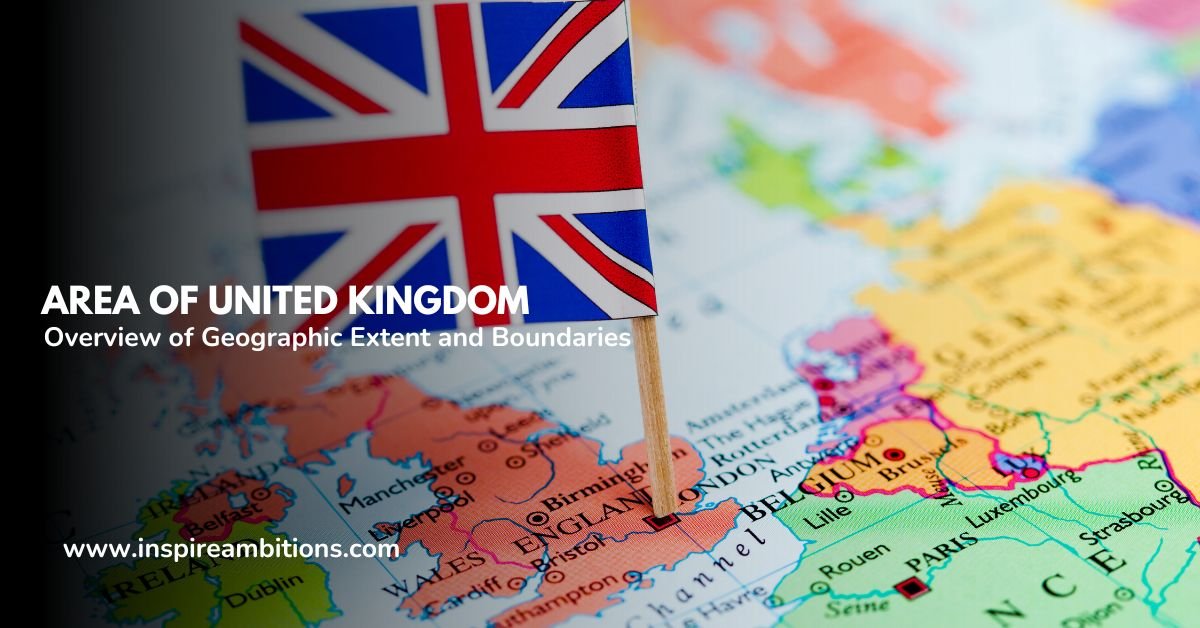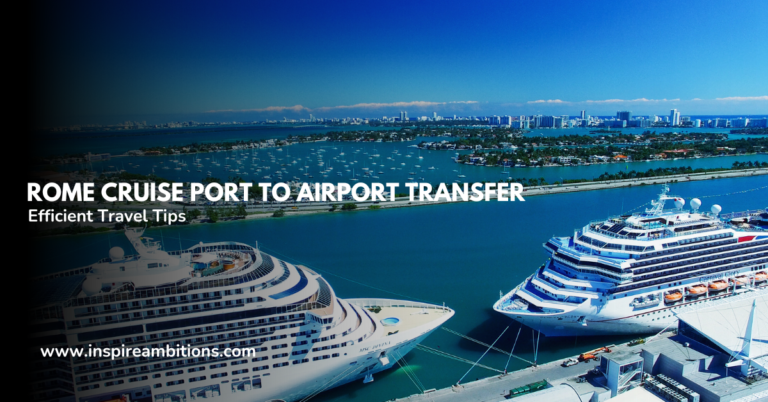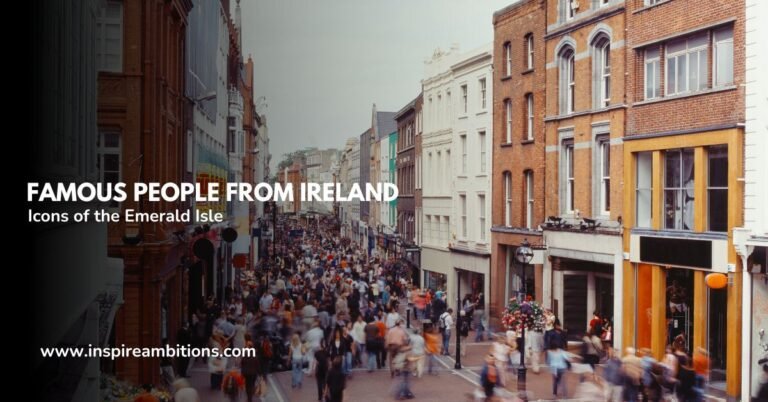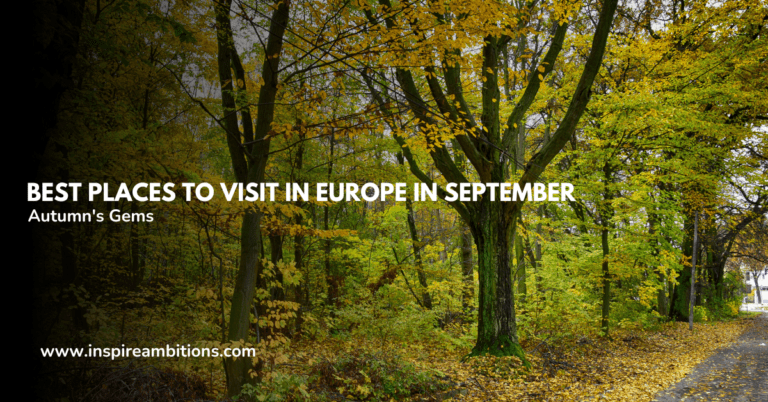英国の地域 – 地理的範囲と境界の概要
Spanning a total area of approximately 243,610 square kilometers, the United Kingdom is a prominent archipelagic nation consisting of four countries: England, Scotland, Wales, and Northern Ireland. Each of these countries contributes to the rich tapestry of landscapes that make up the UK, from the rolling hills of England に Scotland’s rugged highlands, the valleys of Wales, and the green expanses of Northern Ireland.
The diverse geography of the United Kingdom plays a pivotal role in its climate, which ranges from temperate to oceanic and influences daily life as well as the socioeconomic dynamics of the region.
:max_bytes(150000):strip_icc()/london-cityscape-UKESSAY1222-3c3b4b23062f410080b77839b31243a6.jpg)
With its complex political structure, the United Kingdom operates a parliamentary democracy under a constitutional monarchy. This balance of governance is spread across the four countries, each with its degree of legislative autonomy. The UK’s political and administrative framework, combined with its diverse geography, has uniquely shaped its demographics and economy. Home to a population as varied as its landscapes, the nation boasts a rich cultural identity and maintains a significant presence on the international stage.
Area of United Kingdom? – Key Takeaways
- The UK is an archipelagic nation composed of England, Scotland, Wales, and Northern Ireland.
- It features a diverse geography that influences its temperate to oceanic climate.
- The UK’s unique political structure and rich cultural identity have a global impact.
地理と気候
The United Kingdom, comprising a large part of the British Isles, is marked by its intricate tapestry of landscapes and a maritime climate influenced by the Gulf Stream. Here, you will explore the UK’s majestic landforms, including its famous rugged highlands and extensive coastlines and the varied climate patterns that create its unique environments.
Landforms and Water Bodies
The UK is composed of the island of Great Britain, the northeastern portion of the island of Ireland, and a number of smaller islands. Among these are the Hebrides off the west coast of Scotland, the Orkney and Shetland Islands to the north, and countless other tiny islets.
Encircled by the North Sea to the east, the English Channel to the south, the Irish Sea to the west, and the 大西洋 to the northwest, the UK is distinctly an island nation. Ben Nevis stands as the highest peak in the British Isles, dominating the skyline of the Scottish Highlands.
- 位置: Northern Europe, encompassing the majority of the British Isles.
- Islands: Great Britain, part of Ireland, Hebrides, Shetland, Orkney, and more.
- Water Bodies: Surrounded by the North Sea, Irish Sea, Atlantic Ocean, and English Channel.
Climate Patterns
You’ll find that the UK’s climate is temperate maritime, heavily influenced by the Gulf Stream, resulting in mild winters and cool summers. Precipitation is consistent throughout the year, with some regional variations; western areas are generally wetter than the east due to the prevailing westerly winds.
The Gulf Stream brings relatively warmer waters to the UK’s shores, moderating the climate—particularly in the southwest. The following points offer a snapshot of the climate’s influence on different areas:
- Temperate Maritime Climate: Moderated by the Gulf Stream with mild winters and cool summers.
- Precipitation: Ranges from 30 to 50 inches annually, distributed evenly across the seasons.
By understanding these aspects of the UK’s geography and climate, you’re better equipped to appreciate its diverse natural beauty and the factors that shape life in this dynamic country.
Political and Administrative Structure
The United Kingdom’s political and administrative systems are deeply intertwined with its history as a constitutional monarchy and its status as a union of four distinct countries. Understanding the UK’s governance and regional division is key to grasping how this nation operates.
Government System
The United Kingdom functions as a constitutional monarchy where the monarch is the head of state, and the Prime Minister is the head of government. Sovereign authority is symbolically vested in the Crown, but actual political power resides with Parliament, composed of the House of Commons そしてその House of Lords. Elections are held to choose representatives for the House of Commons, the primary legislative body where national policy-making begins.
- Monarch: Currently a ceremonial role with limited powers.
- 首相: Leads the government and is usually the head of the party with the majority in the House of Commons.
- Parliament: Bicameral system based in Westminster, London, where laws for イングランド, Wales, Scotland、 そして Northern Ireland are debated and created.
Regional Divisions
The UK’s administrative geography is complex, with various forms of local government across its constituent countries — England, Wales, Scotland, and Northern Ireland — each having powers and divisions.
- イングランド: Divided into counties, districts, and boroughs, with significant cities like Manchester, Liverpool, Birmingham, Sheffield、 そして ロンドン, the capital city with its form of local governance.
- Scotland: It holds a devolved parliament in Edinburgh and is subdivided into council areas, including major cities such as Glasgow そして Aberdeen.
- Wales: Has an assembly in Cardiff and is divided into unitary authorities, with notable cities like Swansea.
- Northern Ireland: Governed by the Northern Ireland Assembly at Stormont, Belfast, divided into districts.
- 連邦: Refers to the voluntary association of sovereign states, most of which were once governed by the UK and retain symbolic ties.
Each region comprises cities with distinct administrative frameworks that deal with local issues and maintain infrastructure, ensuring their unique identities within the UK’s overarching political structure.
Demographics and Economy
探検する United Kingdom’s (UK’s) demographic landscape reveals a rich tapestry of cultures, languages, and economic conditions. Letting the numbers paint the picture, you’ll find intriguing insights into the population statistics と economic overview pinpointing the essence of the British Isles.
Population Statistics
The UK boasts a diverse and dense population, primarily concentrated in dynamic urban centres. As of the latest data, the country’s population is over 67 million. England is significantly more populated than the other countries comprising the union: Scotland, Wales, and Northern Ireland.
The diversity extends to the four predominant cultures: English, Welsh, Celtic, and Ulster. Each has its own language and unique cultural footprint within the broader British identity.
| 国 | Estimated Population |
|---|---|
| イングランド | Over 55 million |
| Scotland | Approx. 5.4 million |
| Wales | Approx. 3.1 million |
| Northern Ireland | Approx. 1.8 million |
The cities are the engine rooms of the UK’s demographics, with London leading as the capital and the most populous city. The urban spread reaches other major cities like Birmingham, Manchester, and Glasgow, each contributing to the UK’s social and economic vitality.
経済概要
The UK’s economy is among the largest globally, with a Gross Domestic Product (GDP) amounting to 2.23 trillion British pounds as of the prior year. Key sectors are powering this economic force, including finance, manufacturing, and services, as the UK is the 5th largest global economy.
- ファイナンス: London is often synonymous with global finance, hosting a dense concentration of banks, investment companies, and the stock exchange.
- Manufacturing: A strong manufacturing sector highlights the automotive and aerospace industries as significant contributors.
- サービス: Service industries dominate, focusing on education, healthcare, and creative arts.
As an observer or participant in the UK’s economy, understanding these fundamentals is crucial for you. It’s essential to recognize how 文化的多様性 correlates with economic diversity, shaping the UK’s position on the world stage.
Cultural Identity and International Relations
The United Kingdom’s cultural identity significantly influences its international relations. Key diplomatic priorities emerge from its cultural ethos, impacting partnerships with the UN and NATO.
文化的名所
The British Isles are teeming with 文化的ランドマーク that define the nation’s aesthetic and serve as conduits for diplomatic engagement.
For example, Stonehenge and The Tower of London are not just tourist destinations; they are symbols of Britain’s enduring presence and history on the world stage. Landmarks like the UNESCO World Heritage Site Giant’s Causeway in Northern Ireland further showcase the UK’s natural heritage, contributing to its global cultural footprint.
Global Contributions
The United Kingdom has a complex relationship with its international counterparts due to its territorial control and extensive historical influence. It’s an active member of the Commonwealth Realm, where English is a predominating language, reinforcing its cultural connection with other member states.
Furthermore, the UK’s contributions to global security – through NATO and other coalitions – demonstrate a commitment to protecting Western values and interests. The British Council’s strategic use of cultural relations illustrates a commitment to fostering partnerships and understanding for social cohesion and inclusive growth worldwide.







